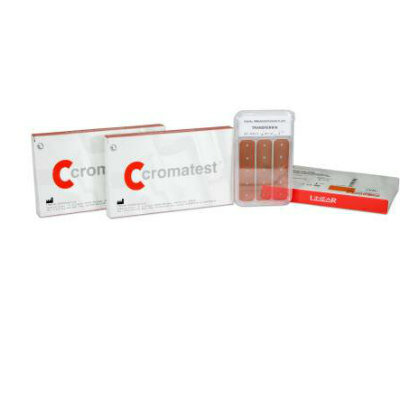Funding and Increased Output Drive DNA Sequencer Sales
By LabMedica International staff writers
Posted on 07 Oct 2009
A rapid increase in output from second-generation DNA sequencers has enabled new levels of productivity and new experiments. This, combined with funding from a U.S. stimulus bill, has caused fast adoption of these machines, helping to drive sales of DNA sequencers to US$480 million in 2008, according to recent market research.Posted on 07 Oct 2009
Healthcare market research firm Kalorama Information (New York, NY, USA) reported that more changes are on the way and will drives sales growth of 19% annually through 2013.
"We expect growth in this market--and some of it will be due to new NIH [U.S National Institutes of Health; Bethesda, MD, USA] grants originating from ARRA [American Recovery and Reinvestment Act of 2009] stimulus money,” said Justin Saeks, Kalorama Information's biotech analyst. "But it's not all government spending. There are also factors in the private sector that will fuel sales of sequencers, including a rapid increase in output from second-generation sequencers, decreasing costs of newer machines through competition, and potential applications in the pharmaceutical industry following the realization that personalized medicine, biomarkers, and other related post-genomic approaches are likely to counter shrinking pipelines. In the long term, clinical and industrial segments could far surpass the research market.”
Second-generation technologies have seen rapid improvements since they were introduced. Output has been roughly doubling each quarter for the Illumina Genome (San Diego, CA, USA) analyzer II and the ABI SOLiD 3; both have improved read length. 454 Life Science's (Branford, CT, USA) genome sequencer FLX also has improved read length and output. This trend is anticipated to continue for at least another year, bringing the output to 100 gigabases per run.
The most recent system, Dover's (Salem, NH, USA) Polonator, introduced in mid-2009, is much less expensive than the other second-generation systems at approximately $170,000 instead of $400,000 to 600,000. It is open-source, supports different running modes, and allows users to change protocols. Although potentially a disruptive technology, it is still too early to tell, and inevitably, more advances will appear soon.
However, all these improvements may not be rapid enough, according to Kalorama research analysts. The initial flood of activity with second-generation systems seems to have died down, and now in mid-2009 it feels like the lull before the storm. The market remains highly volatile and things can change rapidly--patent disputes have occurred on a frequent basis, and disruptive third-generation technologies will begin to appear in the next year or two. Like the second generation, they will be completely new techniques.
Kalorama Information supplies the latest in independent market research in the life sciences, as well as a full range of research services.
Related Links:
Kalorama Information
National Institutes of Health













